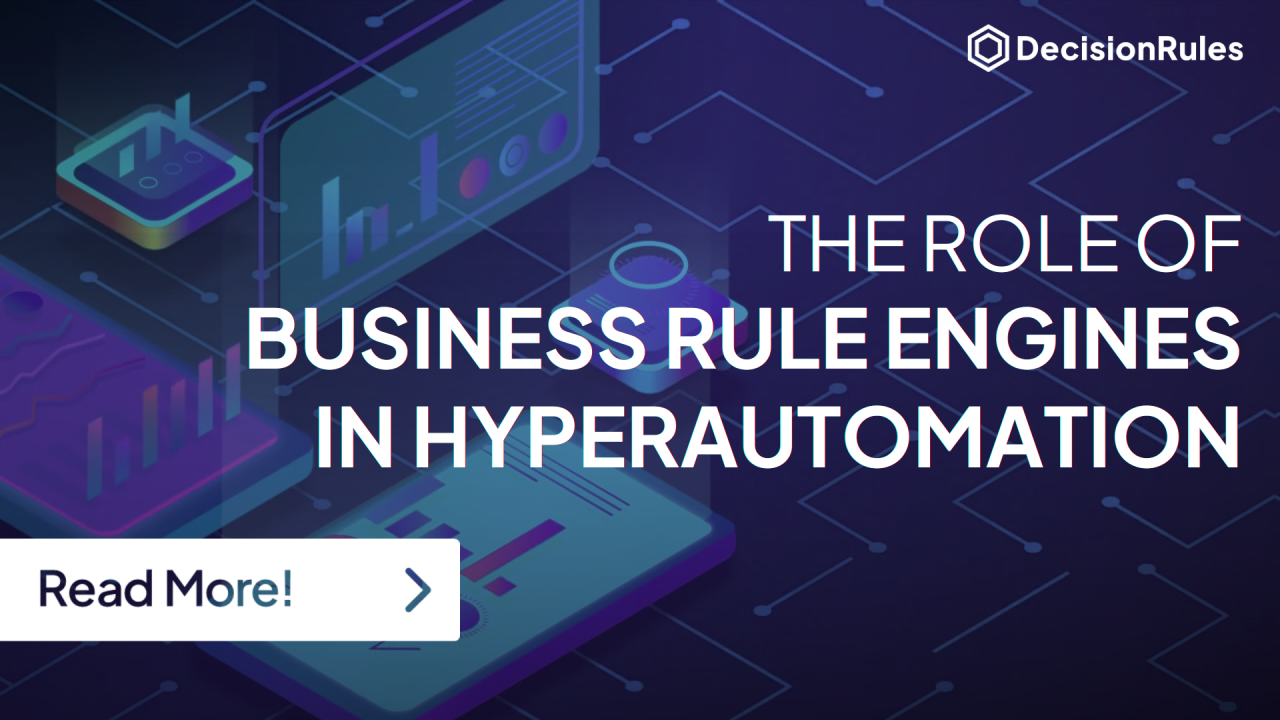
The Role of Business Rule Engines in Hyperautomation
Find out how business rule engines support hyperautomation by empowering non-technical users to automate complex processes with low-code solutions, accelerating digital transformation across industries like banking, insurance, healthcare, retail, and logistics.
As companies continue their drive toward digital transformation, hyperautomation has emerged as a strategic priority to help achieve operational excellence. Hyperautomation refers to the systematic use of advanced technologies to automate business processes end-to-end, enabling organizations to function with unprecedented speed and efficiency. Gartner has identified hyperautomation as one of the top 10 strategic technology trends, stating that “Hyperautomation is rapidly shifting from an option to a condition of survival.”
While traditional automation often occurs on a smaller scale - addressing individual tasks - hyperautomation involves the use of multiple automation tools that enable intelligent automation across an organization. By leveraging a range of technologies, hyperautomation improves operational efficiency and adaptability. Key technologies include:
One of the defining features of hyperautomation is the democratization of automation. Traditional automation tools often require specialized coding skills and significant IT resources, which can slow down implementation. In contrast, no-code/low-code platforms offer a solution to this challenge, enabling more users within an organization to participate in the automation process.
Business rule engines (BREs) are key enablers of low-code automation. These tools allow non-technical users to define, implement, and modify business rules through a visual interface, helping speed up the automation process and reduce IT dependency. This results in a more agile development cycle and empowers business teams to take ownership of automation.
With a BRE, organizations can automate a variety of decision-based processes, such as approvals, transactions, and workflows. These tools ensure that logic remains consistent and adaptable as business needs evolve, which is especially beneficial in industries with frequent regulatory changes. Key sectors benefiting from hyperautomation include:
Conclusion
As organizations embrace hyperautomation, business rule engines play a key role by enabling low-code automation and empowering non-technical users. This approach accelerates the automation process, reduces dependency on IT teams, and ensures that business logic remains flexible and consistent. In sectors like banking, insurance, healthcare, retail, and logistics, BRE-driven hyperautomation is transforming business operations, improving efficiency, and enabling greater agility.